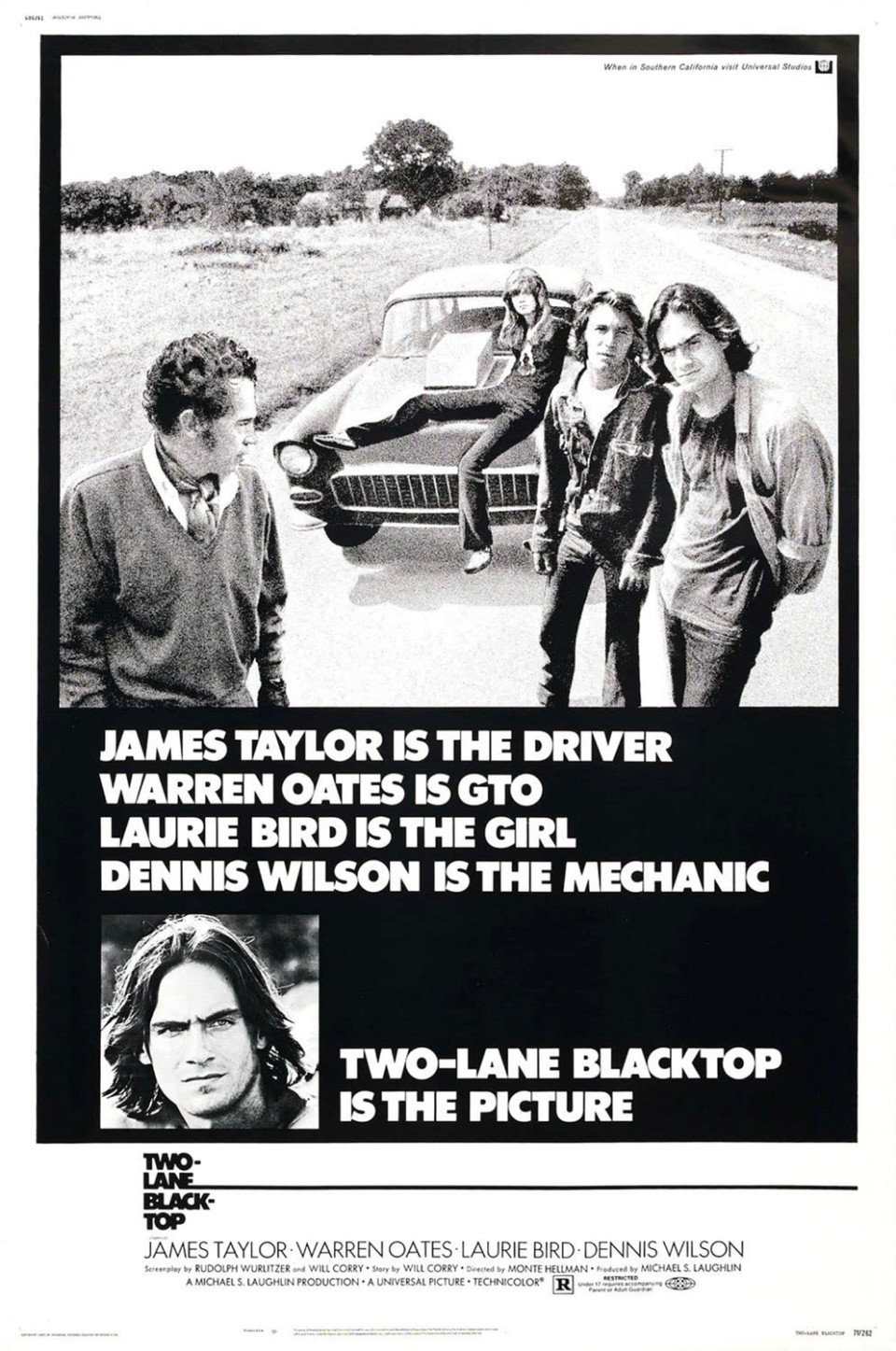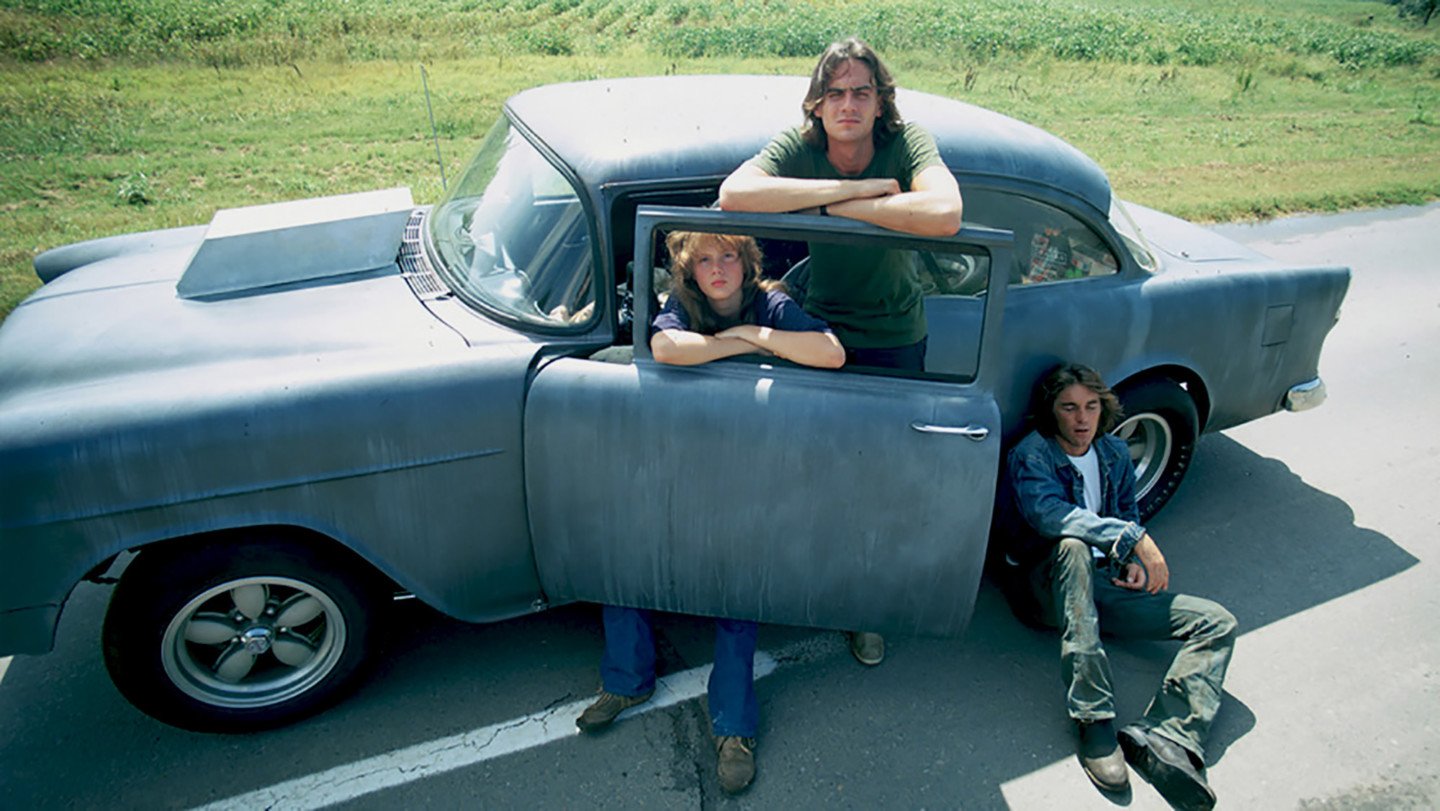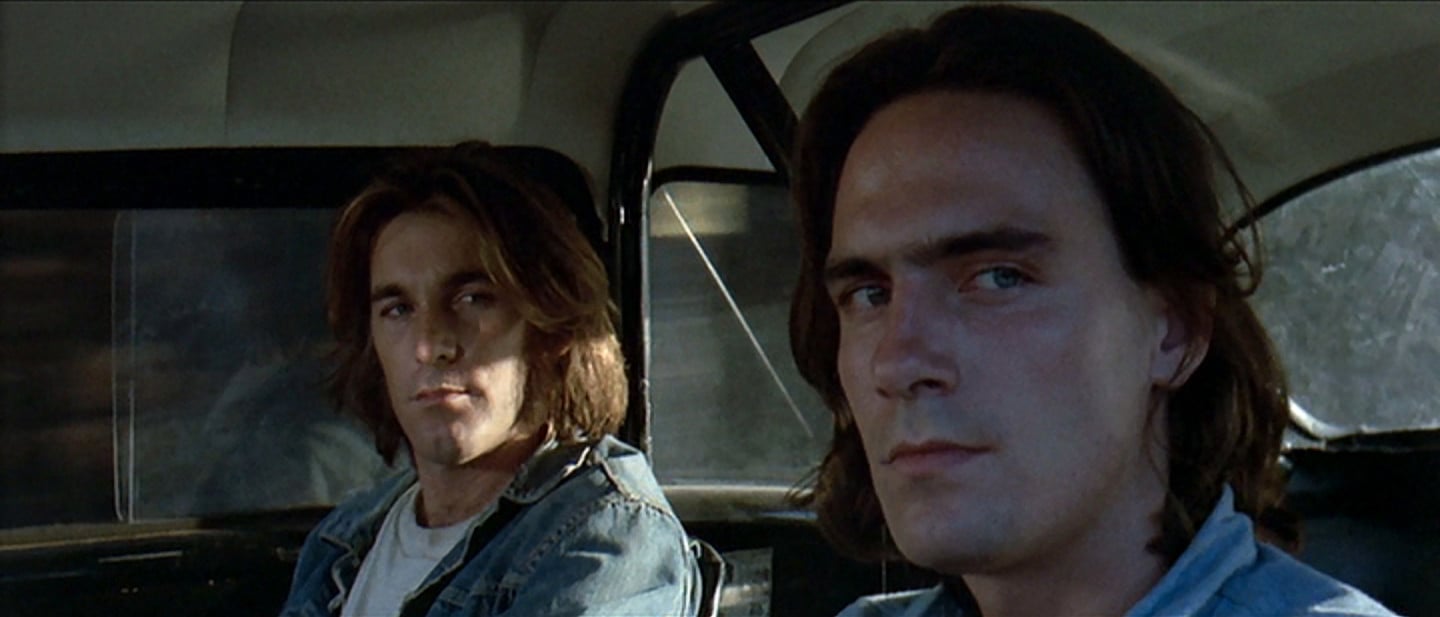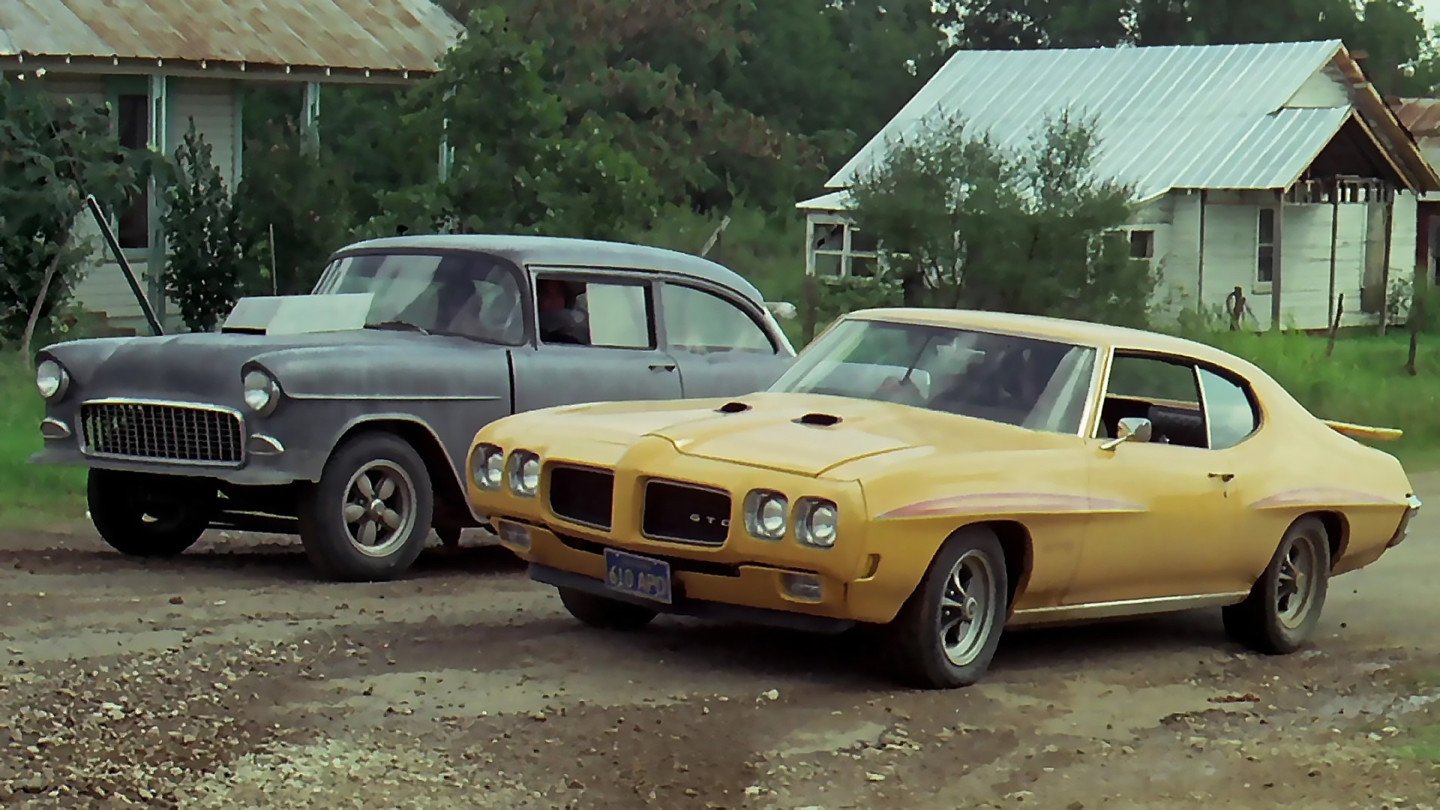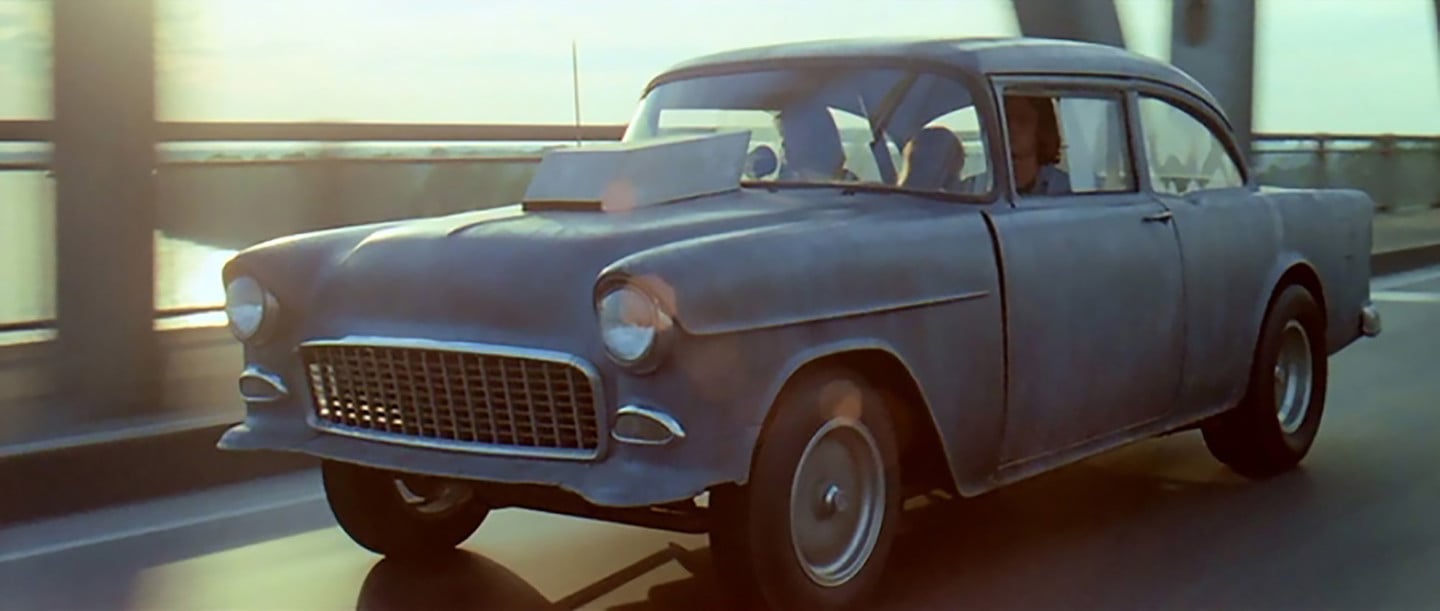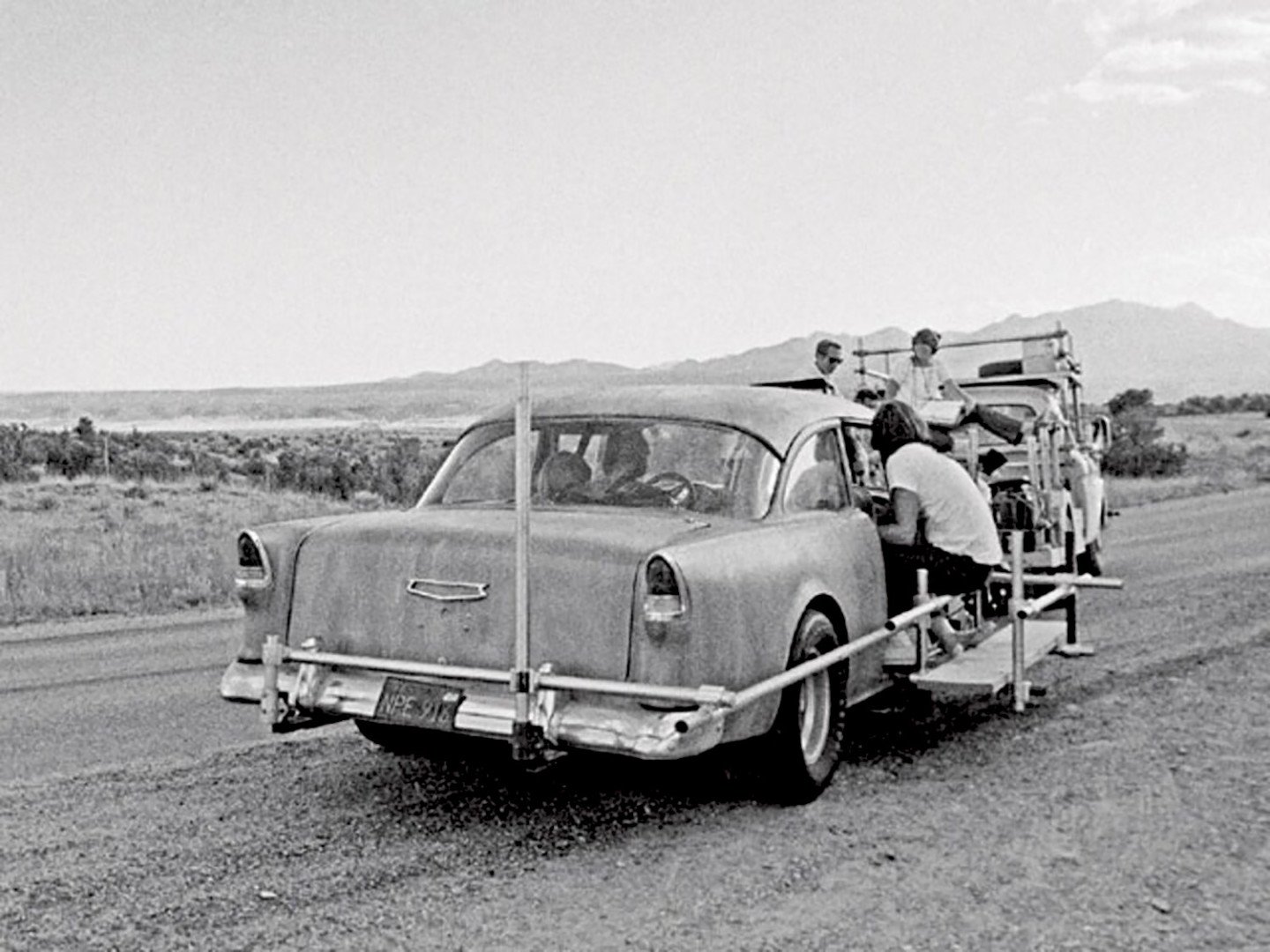From the mid-1960s to the early 1970s, gas was cheap and new technologies allowed for ever more powerful engines, Detroit satiated America’s appetite for speed by unleashing a wide array of performance sedans and coupes. At some point, these vehicles, which all relied on a rear-wheel-drive architecture and a big displacement V8, came to be known as muscle cars.
This period, which in hindsight, has been affectionately named The Golden Era of Muscle, was a very good time for an American car enthusiast to be alive. For relatively very little money, compared to European imports, one could spec a flashy, robust vehicle that could be cruised along a boulevard or taken to the track for exuberant quarter-mile runs.
Even better was the fact these cars were simple enough so that even a semi-mechanically inclined person could modify and tune their car for even more performance.
Hollywood, ever ready to capitalize on youth-driven pop culture trends after the surprise success of Easy Rider, quickly adopted the muscle car as its own. The studios churned out a spate of films during the era that depicted counterculture-styled heroes and anti-heroes who wielded their muscle cars as a statement of identity, and a means to achieve their end of personal freedom.
Out of all the movies that followed this narrative axiom, there were three that stood out as the best of the genre: Vanishing Point, Bullitt, and Two-Lane Blacktop.
The latter film was unique for a variety of reasons. For one thing, it starred two non-actor musicians in the leading roles. For another, it featured a purely stream-of-consciousness storyline, utterly devoid of plot. What’s more, it showcased one of the most famous movie cars in history, one that would appear again just two years later in another iconic film, sporting completely different aesthetics.
That car was “The Driver’s” 1955 Chevy 150 gasser, and it’s the subject of this month’s episode of Rob’s Movie Muscle!
Two-Lane Blacktop was a low-budget film produced and distributed by Universal Pictures. It was written by Rudolph Wurlitzer based on a story by Will Corry, and was directed by Monte Hellman. Although a commercial flop at the time of its release, the movie has since gone on to become a cult classic and an exemplar of the genre.
Starring was singer/songwriter James Taylor as The Driver, Beach Boys drummer Dennis Wilson as The Mechanic, Warren Oates as G.T.O., and Laurie Bird as The Girl.
The movie follows two nomadic hippies who roam America in a modified ’55 Chevy, going from town to town where they drag race for money. Along the way they pick up The Girl, a hitchhiking teenager, and find themselves in a race all the way to Washington D.C. with a pathologically lying loner, G.T.O., himself wandering the country in an Orbit Orange 1970 GTO Judge.
And that, my friends, is the entirety of the plot. What the film lacks in terms of story though, it makes up for in terms of character exploration and social commentary. My personal interpretation of the film is that it was a metaphor for America in the 1960s, a country suffering through political division and youth alienation stemming from the Vietnam war.
But I digress…
In large part, The Driver’s 1955 Chevy is the real star and focus of the film, as it figures in nearly every scene and is slavishly doted on by The Driver and The Mechanic.
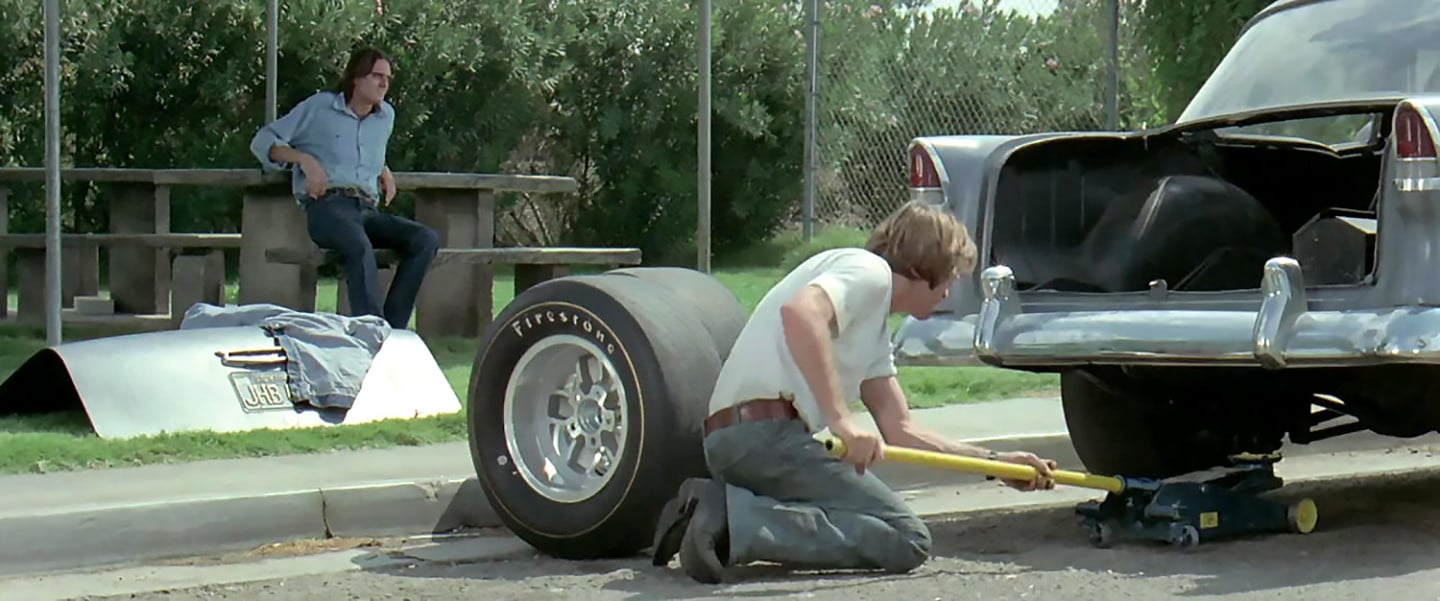
The ’55 is constantly being tweaked and doted on by The Driver and The Mechanic. (Photo courtesy of NBC Universal.)
The Chevy, an unconventional hero car for 1970, became The Driver’s ride when, during pre-production for the film, associate producer, Gary Kurtz, consulted car builder Richard Ruth about fabricating cars for the movie. Ruth had recently built himself a big-block ’55, and the two men did a bit of street racing in it around LA’s San Fernando Valley one day. By the time they were done, Kurtz was hooked on using a ’55 Chevy for the movie and contracted Ruth to build three cars for filming.
The first would be an authentic race car that was likely to be too loud inside to record dialogue, so another car, fitted with a quieter engine for shooting interior scenes, was also ordered. Lastly, a stunt car, outfitted with special bracing and equipment for hard driving sequences, would be built.
Three ’55 Chevys were procured – two 150s and one Bel Air – and delivered to Ruth’s shop, Competition Engineering, on Lankershim Boulevard in North Hollywood.
Ruth began work by removing the stock steel doors, trunks, and hoods, and replacing them with lightweight fiberglass units. The cars’ side glass was also stripped out in favor of sliding Plexi windows.
While this was underway, Universal procured three BBC crate engines – two 454 cubic-inch V8s and an L88 427 big-block – through General Motors and had them delivered to Competition.
On the 454 cars, Ruth installed a Weiand tunnel ram with dual four-barrel Holley carbs, aluminum heads, and a Muncie M22 Rock Crusher four-speed transmission topped with a Hurst shifter. The 427 stunt car made do with a single four-barrel Holley and a TH400 automatic. All three cars were equipped with 1960s Oldsmobile Positraction rears with 4.88:1 gears, straight axles with coilovers, and four-wheel disc brakes.
The stunt car was additionally outfitted with a right and left braking system designed by Ruth that enabled the stunt driver to put the car into a skid and roll for a scripted scene in the movie that was later scrapped during filming.
Inside, the Chevys’ stock interiors were stripped out and replaced by black, no-nonsense, gasser-style environments complete with full roll cages. Outside, custom, aluminum, mailbox-style air scoops were mounted to the hoods, and five-spoke mag wheels shod with period drag tires were mounted at the four corners.
Ruth painted all three cars powder blue and delivered them to the production. Upon seeing the Chevys though, director Hellman instantly knew that the paint wasn’t right. He intuitively felt that The Driver and The Mechanic would be the type of guys to put all of their money into the mechanicals of their car, and would care very little as to its aesthetics. Hellman had the three cars repainted in matte gray primer and had aging marks added to them to give them a hard run, rat rod look.
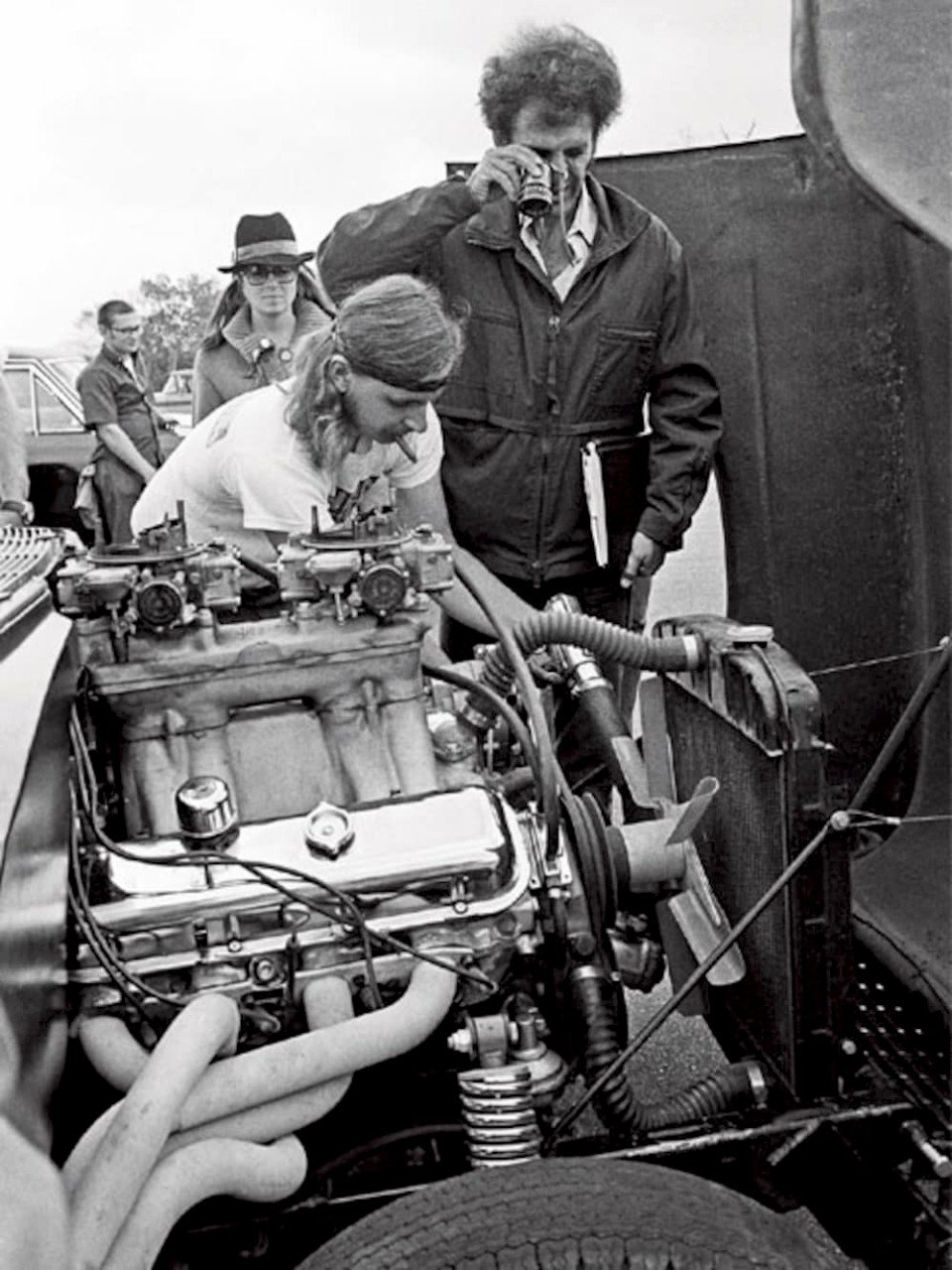
Director, Monte Hellman, composes a shot of one of the Chevy’s 454s over technical advisor Jay Wheatley’s shoulder. (Photo courtesy of Performance Pontiac Magazine.)
Principal photography on the movie began in August of 1970 and lasted for eight weeks. For a movie that involved seriously fast cars and an abundance of high-speed driving, relatively few incidents occurred during filming.
One moment did stand out though for James Taylor during the filming of the drag race that ends the movie.
“In one shot, there was a cameraman riding in the back,” Taylor recalled. “The car was sitting on the line, but it had been left in reverse, which was very close to first. I couldn’t really tell by feeling it whether it was in first or reverse. I was told ‘when we start shooting, take it up to 6,500, then just dump the clutch.’ I did, and boom, the drive shaft snapped off and came up through the floor, right between the cameraman’s legs! It was a miracle he wasn’t killed.”
After filming concluded, the three Chevys were transported back to Los Angeles where they sat in Universal’s prop car lot for a time. The car used for shooting interiors was at some point sold to a studio mechanic. More on that car in a moment.
As fate would have it, Gary Kurtz would be hired in 1973 as a co-producer on another film that featured performance cars. That movie was George Lucas’ landmark blockbuster, American Graffiti.
In the screenplay, Harrison Ford’s character, Bob Falfa, is a new guy in town hunting the fastest and meanest hot rod, one that had never been beaten in a drag race. After reading the script, Kurtz became convinced that the ’55 from Two-Lane Blacktop would be the perfect car for Falfa to drive.
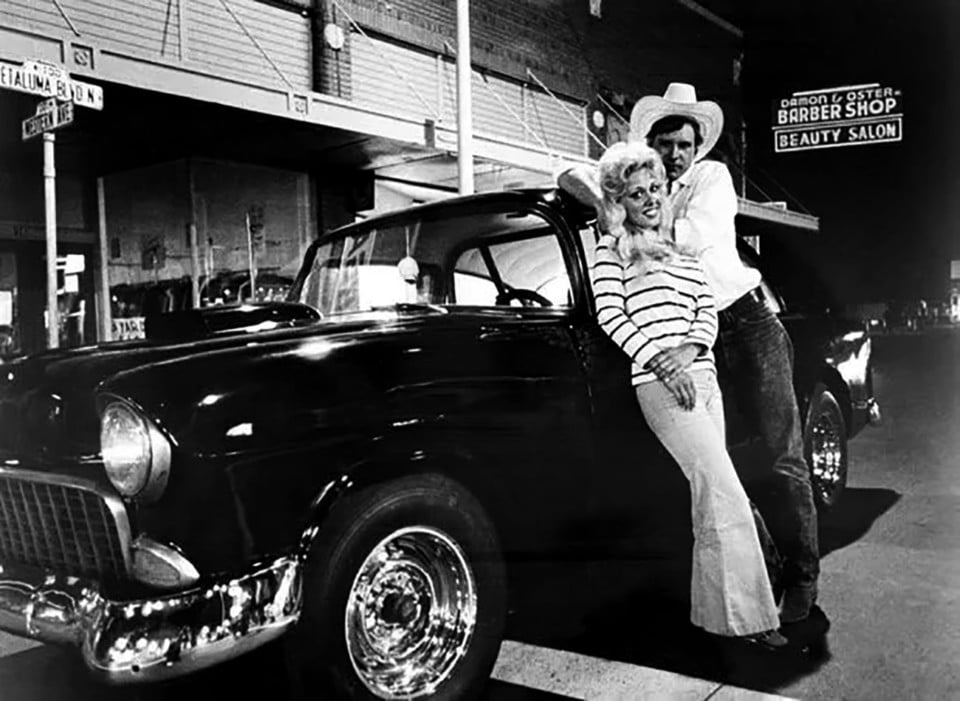
Harrison Ford poses with a lady friend and one of the reborn 1955 Chevys on the set of American Graffiti. (Photo courtesy of NBC Universal.)
Kurtz had transportation supervisor, Henry Travers, haul the two remaining ‘55s off the Universal lot. They were painted gloss black, and outfitted with full interiors, chrome bumpers, different hood scoops and windows, a hinged trunk, and chrome, smoothie wheels. The left and right braking system was removed from the stunt car so it could be driven normally by Harrison Ford during filming.
While the cars were perfect for the movie, they did prevent Falfa from ever opening his hood in the film, as the monster 454 lurking underneath didn’t exist in 1962, the year in which Graffiti was set.
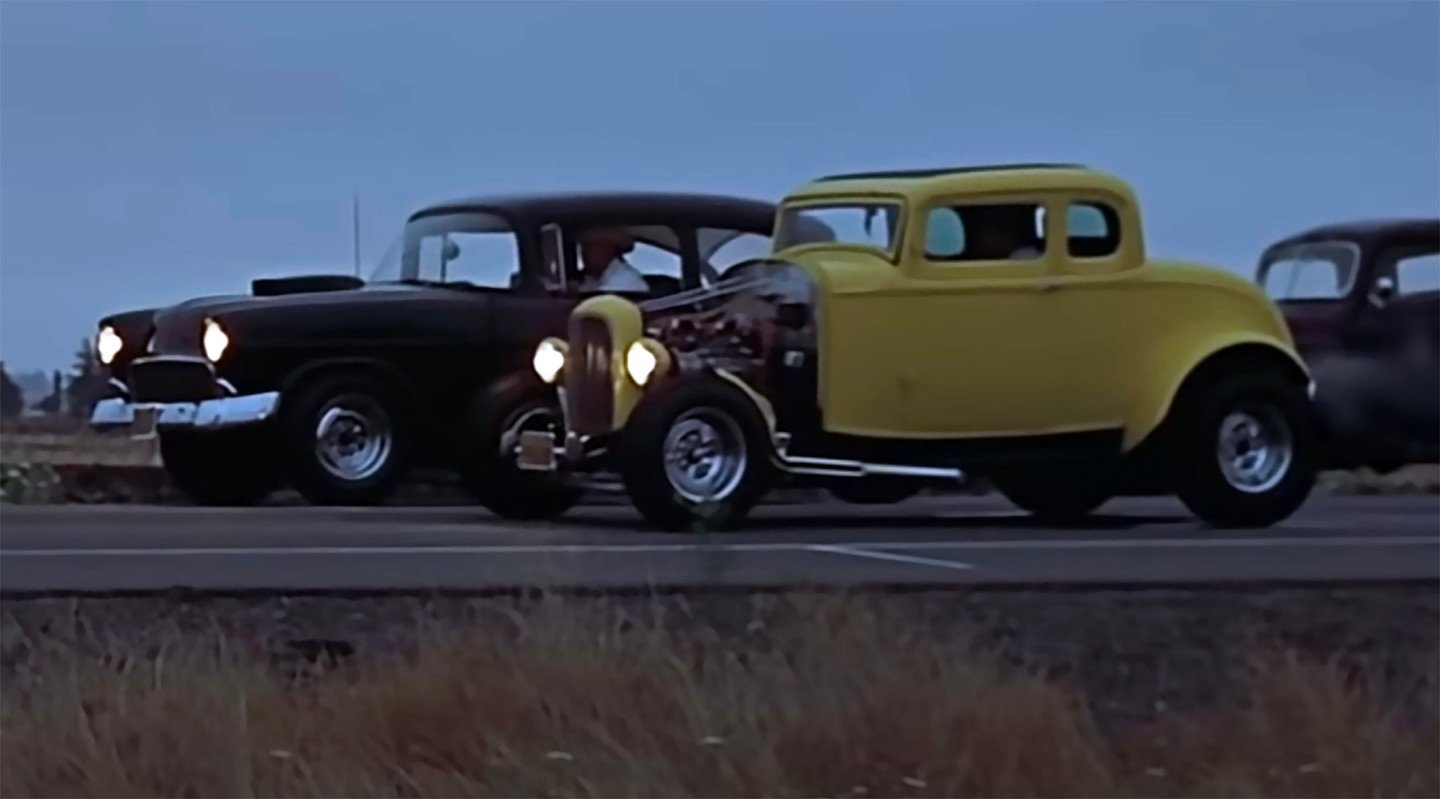
The ’55 lines up for the climactic drag race against a deuce coupe in American Graffiti. (Photo courtesy of NBC Universal.)
During production, the stunt car was rolled for the drag race scene in the third act of the film, and was subsequently parted out and met its demise in a car crusher.
The other car used in the movie was resold three times to collectors, one of whom subjected it to a show car modification that was radically different from how the car appeared in American Graffiti. It remains in a private collection today.
So what became of the aforementioned interior car that was bought by a studio mechanic after Two-Lane Blacktop was finished? Well, the mechanic promptly pulled the 454 for use in a boat and gave the ’55 to his son, who repainted the car white with a candy stripe down the sides and had another 454 dropped in. The vehicle saw Hollywood duty again in the late ’70s when it was used to record engine sounds that were used for Burt Reynolds’ Trans Am in Smokey and the Bandit.
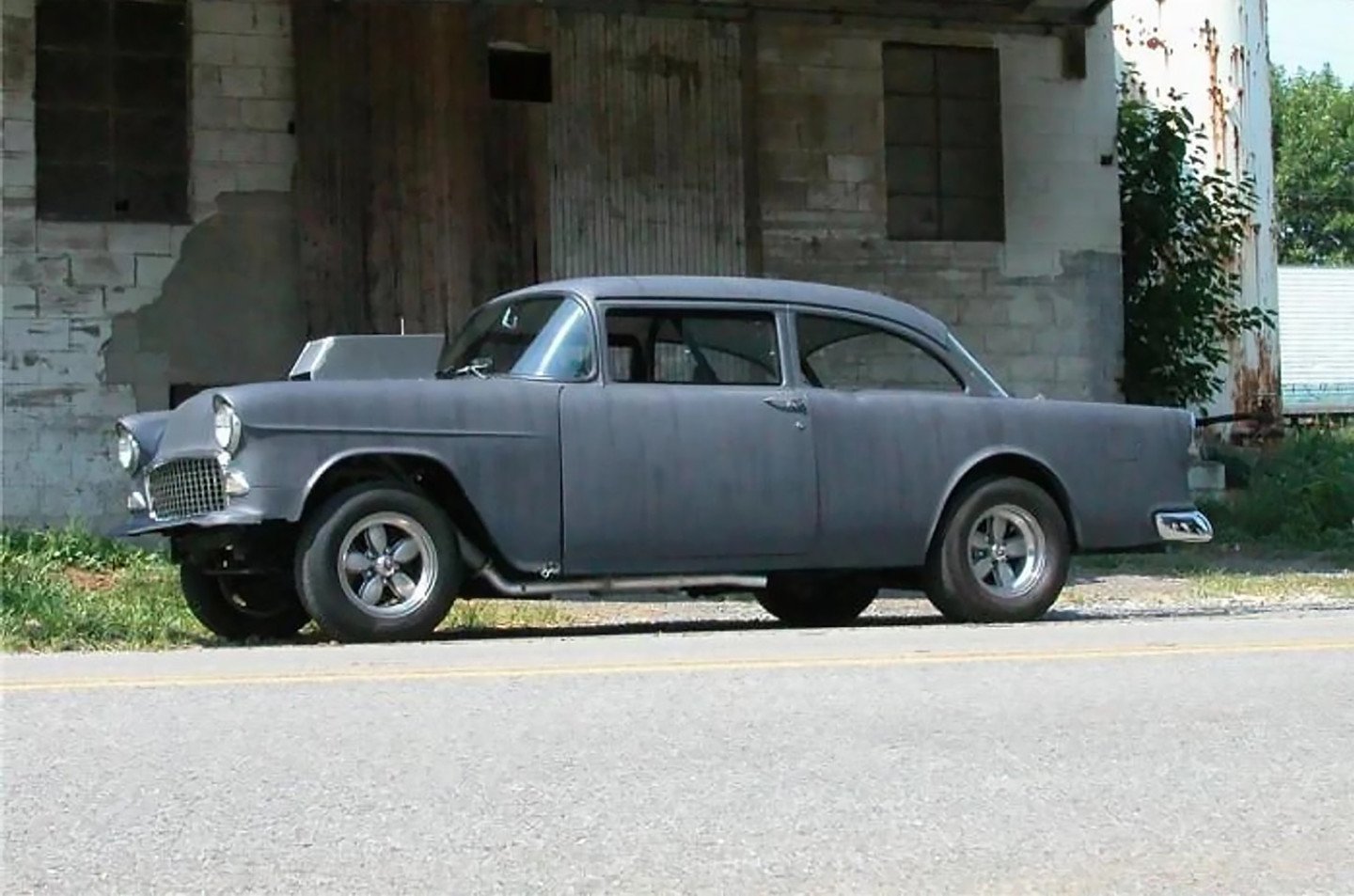
The interior car as it appeared at the time of its most recent sale in 2015. (Photo courtesy of Hemmings News.)
The ’55 then changed hands a number of times before avid Two-Lane Blacktop historian, Walt Bailey, located the car in Canada and purchased it. Bailey, a true hero in this story, subjected the car to an exacting preservation and restoration process to Two-Lane Blacktop spec with the help of Richard Ruth.
Bailey then sold the car at Barrett-Jackson’s Scottsdale, Arizona auction in 2015 for $159,500. Today, it represents the only picture car from Two-Lane Blacktop to survive in the way it appeared in the movie. That we have one at all is a true gift to fans of these two classic films.

